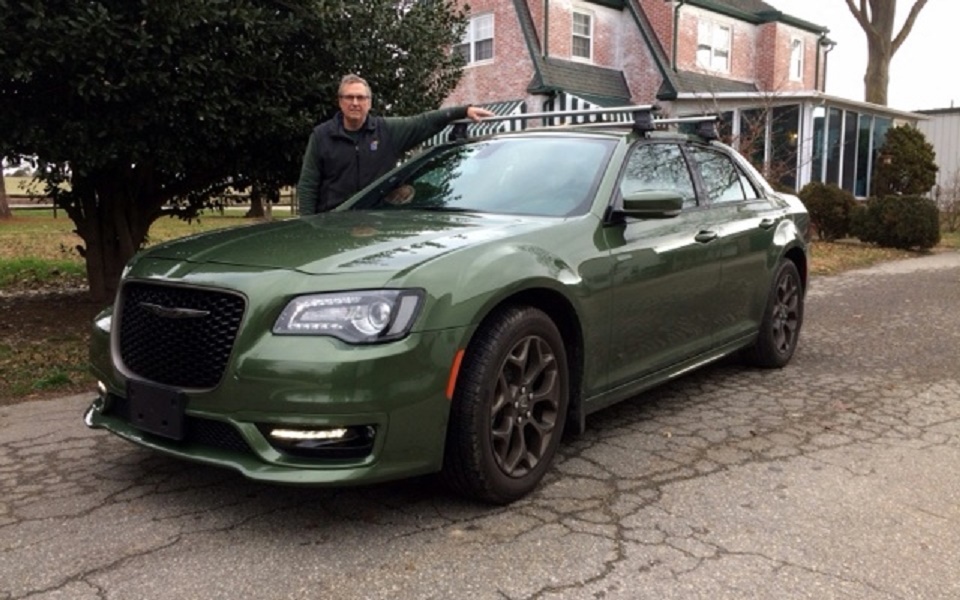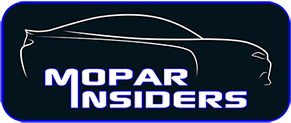Chrysler Heir Tells Us His Thoughts On What The New Chrysler CEO Needs To Do!
As Chrysler New Leader CEO Comes Into Office, Tomorrow...

Earlier this past week, Stellantis announced that Christine Feuell, formerly the Chief Commercial Officer (CCO) of Honeywell Safety and Productivity Solutions will join the company effectivity tomorrow, as the new Chief Executive Officer (CEO) of the Chrysler brand.
We thought we would reach out to our good friend Frank B. Rhodes, Jr. (the great-grandson of Walter P. Chrysler) and a man on a mission to save the Chrysler brand and his grandfather’s legacy, for his thoughts on the move to introduce a new CEO to what he thinks needs to be done to push Chrysler forward into the future.

Chrysler Heir Tells Us His Thoughts On What The New Chrysler CEO Needs To Do!
Earlier this past week, Stellantis announced that Christine Feuell, formerly the Chief Commercial Officer (CCO) of Honeywell Safety and Productivity Solutions will join the company effectivity tomorrow, as the new Chief Executive Officer (CEO) of the Chrysler brand. We thought we would reach out...
 moparinsiders.com
moparinsiders.com
Last edited by a moderator:
